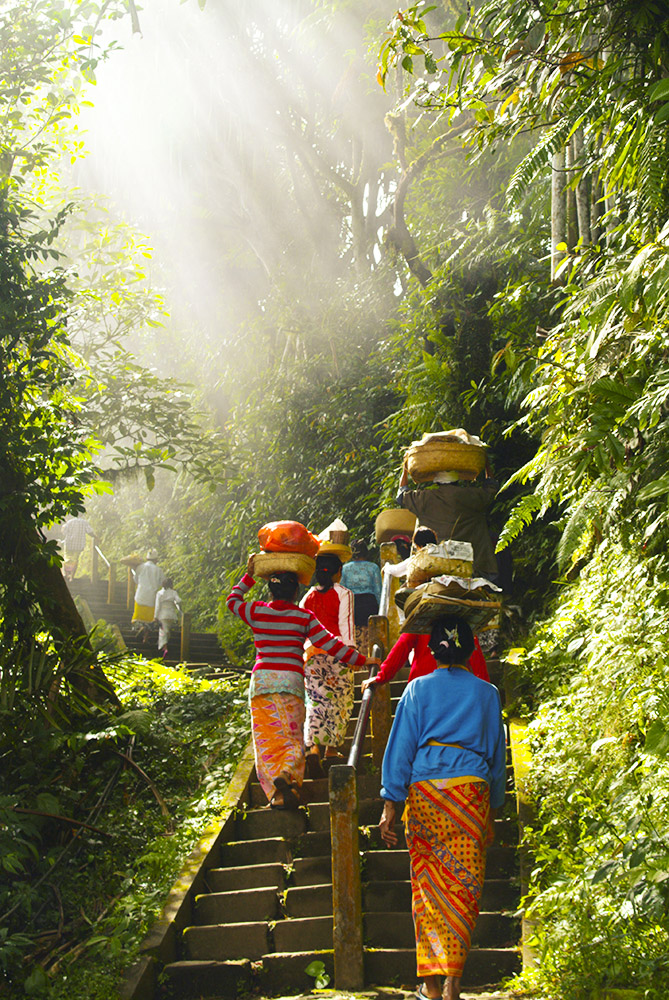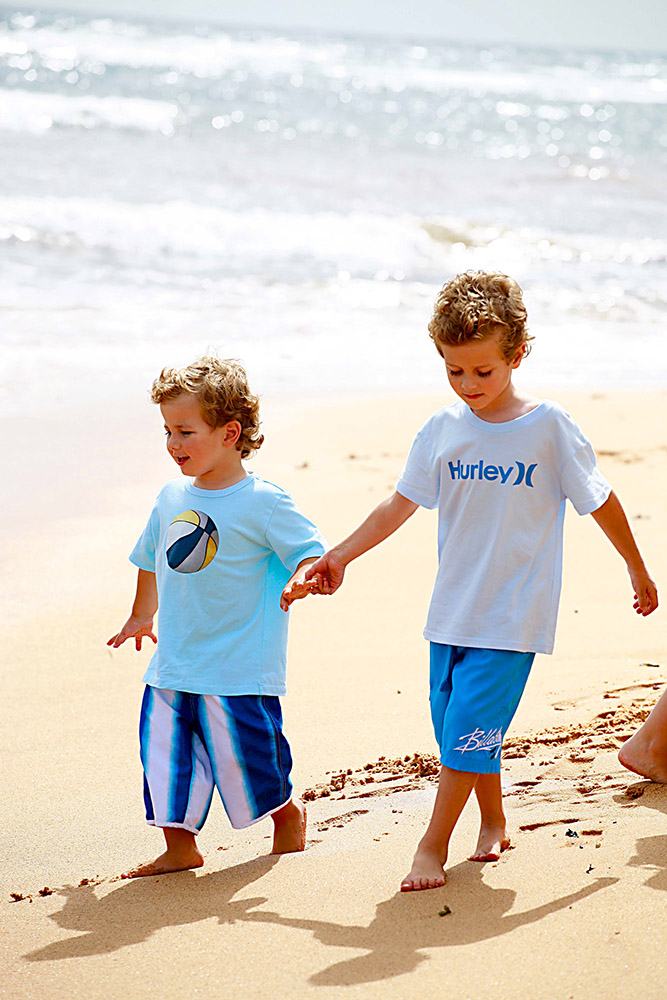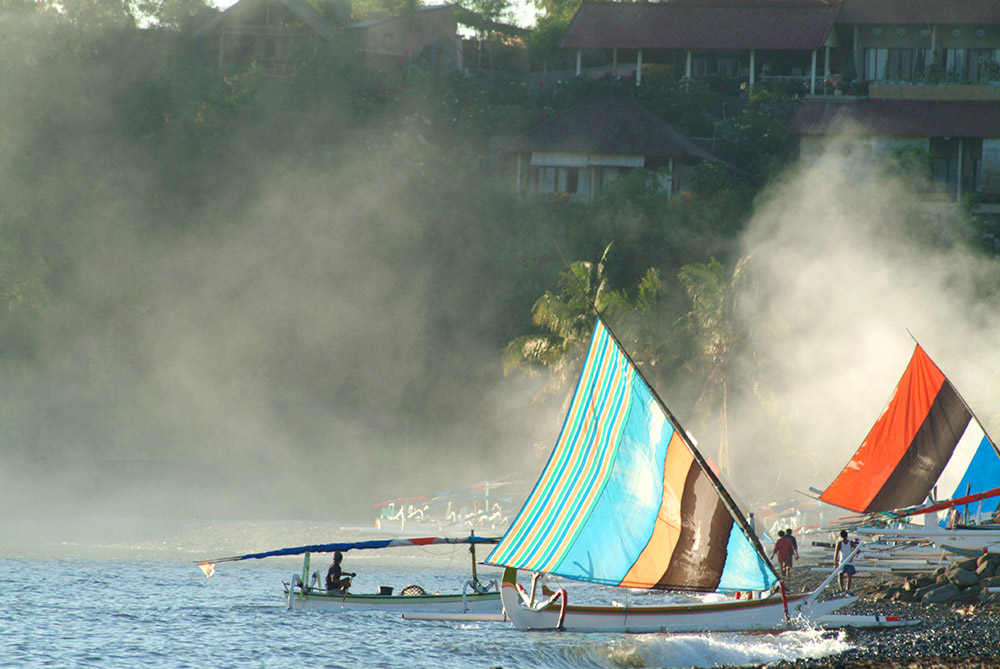Many photographers are taught to never shoot towards the sun. But, as Valerie Martin explains, shooting 'contre jour' can produce some beautiful results.
'Never shoot into the sun.' It's a piece of advice that's often passed on to new photographers and I suggest you ignore it. Contrary to popular belief, you can produce beautiful atmospheric shots doing just that – shooting into the light.
Backlighting, or countre-jour lighting, can be used to photograph any subject, including people and animals, and produces a very different look to images that are 'front' or 'side' lit. Backlighting is often used in fashion photography and gives a nice rim light around the shoulders and hair. There's another advantage, as the light source is behind the subject you don't have the problem of people squinting into the camera.

Photo by Valerie Martin.
Backlighting can confuse your camera's metering system as it tries to meter for both the shadows and the bright areas of the scene. Usually, if you are shooting a subject against a bright background, the camera will expose for the background and the subject will end up being too dark. There are some things you can do to get around this problem.
01 Use Compensation
Familiarise yourself with your camera's exposure compensation (usually marked with a '+/-' icon) button. This useful control lets you make the image darker (-) or lighter (+) as required. With this option, you can leave the camera in normal metering mode but make an adjustment with the exposure compensation to tailor the exposure of the scene. Using exposure compensation start by dialling in +1/3 of a stop (0.3 on some cameras). This will slightly overexpose the whole image but improve the exposure on the subject. If you find that +1/3 is not enough, try a larger correction, say +2/3 (0.7) or even + 1.

Photo by Valerie Martin.
02 Try Fill Flash
Another option is to use an artificial light source, such as on- or off-camera flash, to lighten the subject and balance the exposure. This will boost the brightness of the subject so it more closely matches the brightness of the background and reduce the overall contrast of the scene. Personally, I prefer the exposure compensation method, as fill flash does tend to look unnatural.

Photo by Valerie Martin.
03 Avoid Flare
Direct sunlight can cause flare to appear in your images and reduce contrast. Sometimes, it can add to the look of the photo, mostly it will be an unwelcome addition. The best way to avoid flare is to use a lens hood to shade the front element of the lens. Failing that, holding a book or a piece of paper belween the sun and your lens works perfectly well too.

Photo by Valerie Martin.
Valarie Martin is a Sydney-based freelance photographer. She has had an exciting and varied career and has worked as a press photographer in London, a freelancer in the United States and a senior staff photographer at Australian Consolidated Press. Her photographs have been published in many publications including Gourmet Traveler, House and Garden, Belle and the Qantas inflight magazine. She is passionate about travel and sharing her photography knowledge which led her to start running photography workshops abroad. Her new luxury tour to South Africa leaves next March. For more information about her tours and workshops, check out www.valerie-martin-photography.com or www.icotravelsa.com







